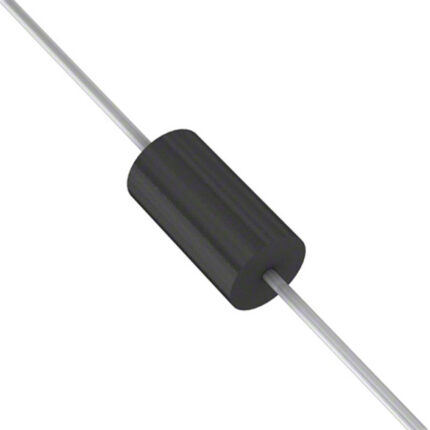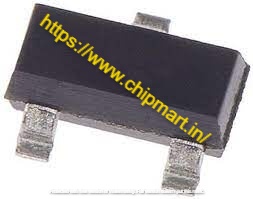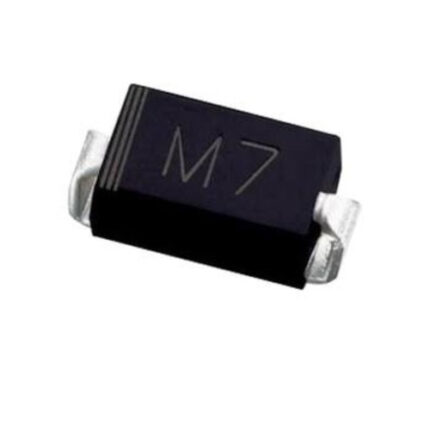Features:
It seems like you’ve provided a detailed list of specifications for a component, likely a transient voltage suppressor (TVS) diode. Let’s break down the key points:
1. **Peak Pulse Capability**: 1500W at 10/1000μs waveform with a repetition rate (duty cycle) of 0.01%. This indicates the ability to handle high-energy pulses of short duration.
2. **Package and Construction**:
– Glass passivated chip junction in DO-201 package.
– Fast response time: Typically less than 1.0ps from 0 Volts to BV min (breakdown voltage minimum).
3. **Clamping Capability**: Excellent clamping capability, typical failure mode is short from over-specified voltage or current.
4. **Testing Standards**:
– Whisker test conducted based on JEDEC JESD201A.
– ESD protection according to IEC 61000-4-2 (30kV air, 30kV contact).
– EFT protection of data lines according to IEC 61000-4-4.
5. **Electrical Characteristics**:
– Low incremental surge resistance.
– Typical leakage current (IR) less than 1μA when VBR min (minimum breakdown voltage) is greater than 12V.
6. **Temperature and Soldering**:
– High-temperature resistance to reflow soldering: 260°C for 30 seconds, with specific conditions for lead length and tension.
7. **Voltage Rating**:
– VBR (breakdown voltage) varies with temperature (TJ), described by a formula VBR @ TJ = VBR @ 25°C x (1 + αT x (TJ – 25)), where αT is the temperature coefficient.
8. **Material and Compliance**:
– Plastic package rated V-0 for flammability per Underwriters Laboratories.
– Matte tin lead-free plated terminals.
– Halogen-free and RoHS compliant.
– Pb-free E3 designation indicating compliance with IPC/JEDEC J-STD-609A.01 for interconnect and terminal finish (tin/Sn).
This description is typical of a TVS diode used for protecting electronic circuits from transient voltage spikes and ESD events, ensuring reliable operation and compliance with industry standards for safety and environmental impact.























Reviews
There are no reviews yet.